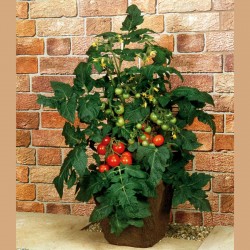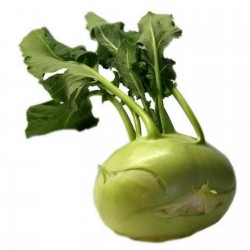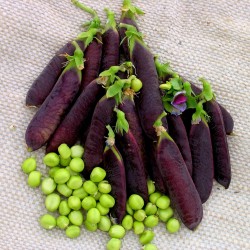Seeds Gallery Com,
5/
5
<h2><strong>Kohlrabi Seeds 'Early White Vienna' (Brassica oleracea gongylodes)</strong></h2>
<h2><span style="color:#ff0000;"><strong>Price for Package of 250 (1g) seeds.</strong></span></h2>
<p>Flavor is mild, sweet, turnip-like. Round, above-ground 'bulbs' with light green, smooth skin have creamy white, tender flesh. Flavor is mild, sweet, turnip-like. Superb raw or steamed. Ready for harvest 55 days from seed sowing. GARDEN HINTS: Use bulbs when the size of an apple, before they become hard and woody. Store from fall crop in cool, frost-free place for winter use.</p>
<p>Days to Maturity: 55 days</p>
VE 111 (1g)







